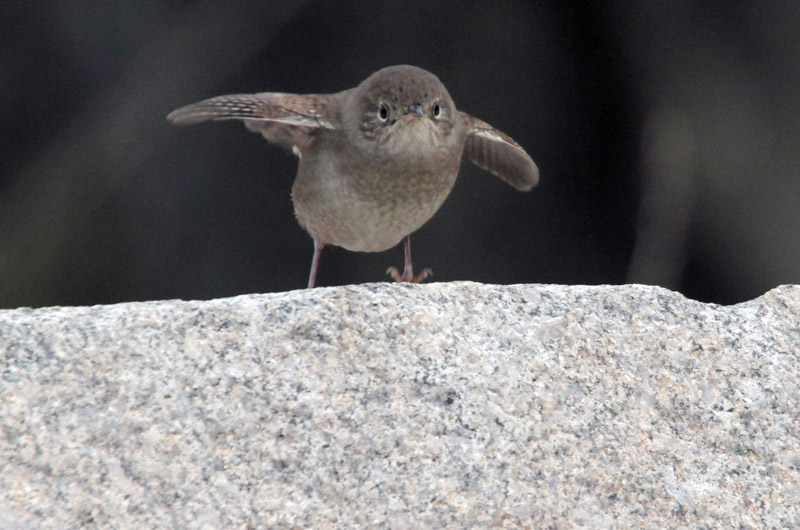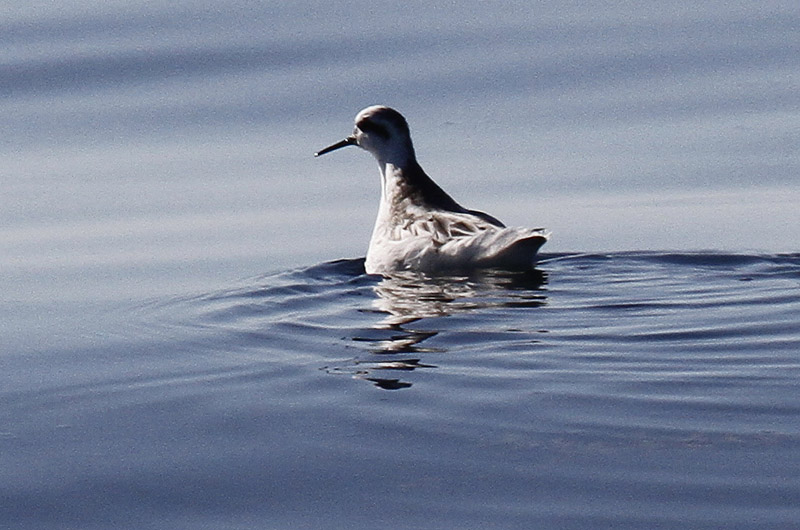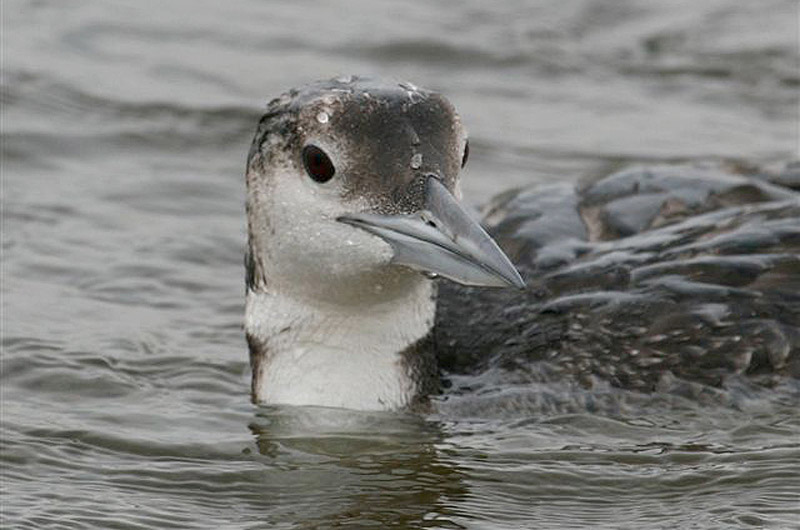It is not quite the middle of August, and songbirds are moving southward toward their wintering grounds. For evidence, in last week’s column I cited Nantucket’s lark sparrow, a western species that is an uncommon transient on the Island.
Several of Matt Pelikan’s recent observations also suggest that songbirds are migrating. His evidence is hearing a yellow warbler flying overhead at sunrise, a red-breasted nuthatch calling near the south shore, and a flock of grackles working their way through a West Tisbury woodland. Soo Whiting provides more evidence of migration. She sighted two house wrens in her yard on August 5 and she had never seen one in her yard before.
On August 8 I was at the Gay Head Cliffs when a flock of a dozen cedar waxwings flew northwest over the water toward Cuttyhunk, disappearing into the distance. This is a classic behavior called morning flight that we observe daily at the Gay Head Cliffs when songbirds are migrating southward.
Case closed. Songbird migration is on and the volume of migrants will steadily increase as the month progresses.
Bird Sightings
A bird of the week does not happen every week. When it does, it is an unusual species for the Island. This week’s bird of the week is a red-necked phalarope, a slim-bodied and slender billed shorebird that breeds on the tundra and spends most of the rest of the year avoiding land and living on the ocean. Ken Magnuson observed one on the tidal flats of Tisbury Great Pond on August 7. He also observed four Forster’s terns, a few white-rumped sandpipers, one red knot and two lesser yellowlegs.
There is a songbird whose Vineyard population was nearly wiped out during the cold and snowy winter one and one half years ago. Many observers have commented that they have really missed hearing and seeing a Carolina wren in their yard, and they celebrate when they return. Gus Ben David is the latest person to end his drought. He called on August 7 to say that he finally has a Carolina wren in his yard. So keep an ear out for this loud songster. The young of the year are establishing new territories and you may be the next to restore this once common species to your yard list.
Mr. Ben David also reports that he went with his family to Edgartown Great Pond on August 7, where he found eight short-billed dowitchers, lots of willets and large flocks of sanderlings.
Warren Woessner has spent some time out on Norton Point Beach and reports lots of shorebirds, including short-billed dowitchers, willets, greater yellowlegs, semipalmated sandpipers and piping plovers. His best bird on August 6 was an adult black tern on the beach across from the boat-launching ramp. Soo Whiting joined Mr. Woessner on Norton Point the next day and notes a large increase in the numbers of sanderlings, black-bellied plovers, greater yellowlegs and ring-billed gulls.
Ken Magnuson reports seeing a few laughing gulls in various locals over the past week. These are the first reports of the season. On August 6, my Saturday morning tour found a dozen laughing gulls on Sarson’s Island alongside a flock of a hundred common terns.
On August 8, Samantha Chaves and Oscar Thompson spotted a leucistic eastern towhee. We have observed a lot of leucistic birds over the past five years or so, but to my recollection this is the first time we have had a leucistic towhee. The photos taken by Mr. Thompson show an incredibly odd-looking bird. Kudos for figuring out it was a towhee.
On August 2, Soo Whiting’s bird walk ventured to the tidal flasts of Tisbury Great Pond. Their highlights were white-rumped sandpipers and two northern harriers.
Felix Neck’s early birders group met on August 4, led by Steve Allen and Al Sgroi. Their highlights were yellow-billed cuckoo, saltmarsh sparrow, yellow warblers, eastern kingbird, eastern phoebe, least sandpiper, spotted sandpiper, great blue heron and green heron.
On August 8 I found two great cormorant. One was an adult perched on the rocks off Squibnocket Beach and the other was an immature perched on the rocks off the Gay Head Cliffs. Apparently they do not know that they are not supposed to be here now. I also found the common loon that has been hanging out at Little Beach. But perhaps my most enjoyable sighting this week was a brief glimpse of a bobwhite disappearing into the shrubbery near Squibnocket Pond. It has been a long time since I last saw one.
Finally, over the past two weeks I have heard screech owls calling in Oak Bluffs and at my home in Vineyard Haven, places where I have not heard them calling for quite a while. I asked around and numerous observers across the Island have also been hearing these small owls. My guess is that these increased vocalizations are the young fledglings calling to try to establish their own territories.
Southward migrating shorebirds and songbirds are passing through, so go look for them and please be sure to report your sightings to birds@mvgazette.com.
Robert Culbert leads Saturday morning Guided Birding Tours and is an ecological consultant living in Vineyard Haven.







Comments (1)
Comments
Comment policy »